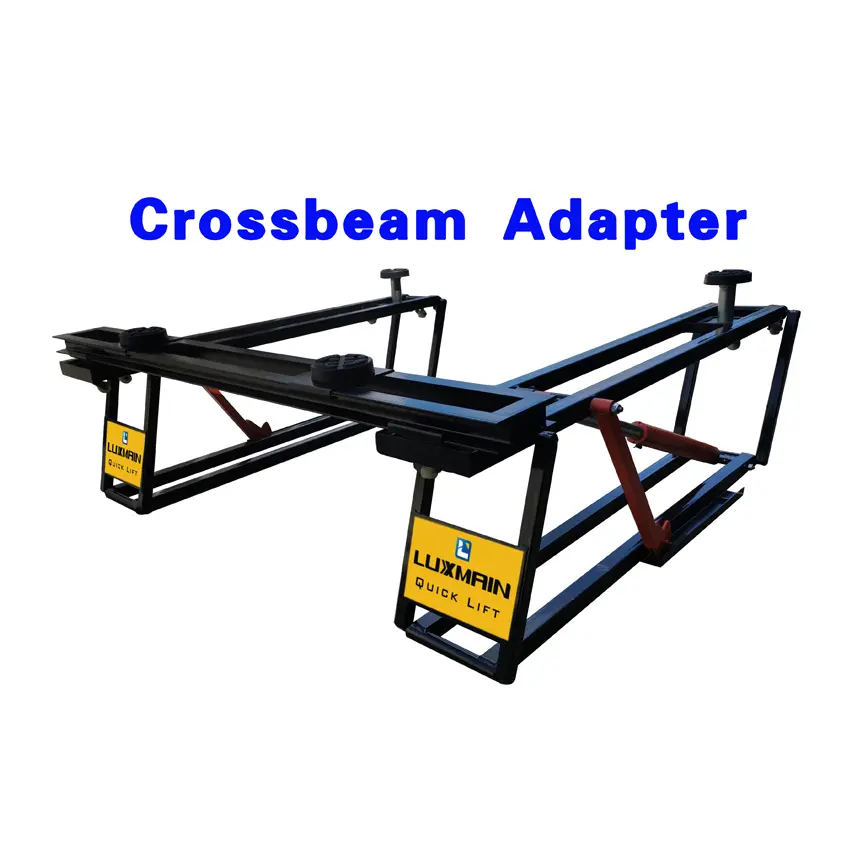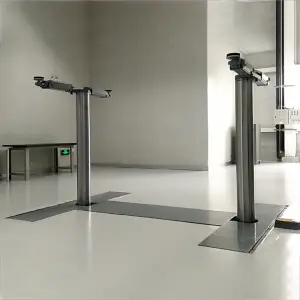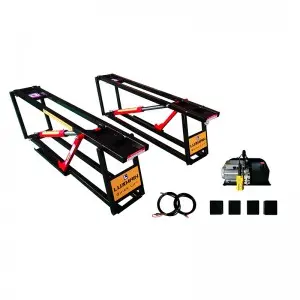****
In today’s fast-paced world, having efficient and reliable equipment is pivotal for both professional automotive workshops and personal home garages. One of the most beneficial tools for these settings is the inground lift. This specialized lifting system offers several advantages over traditional lifts, making it an increasingly popular choice among car enthusiasts and mechanics alike. In this article, we will explore the various benefits of inground lifts, their applications in different settings, installation considerations, and some maintenance tips to ensure longevity and effective operation.
What Is an Inground Lift?

Exploring the Advantages and Applications of Inground Lifts in Modern Automotive Workshops and Home Garages
An inground lift is a hydraulic or mechanical lift that is installed below ground level, allowing vehicles to be raised for servicing. Unlike standard lifts that occupy space in a garage or workshop, inground lifts seamlessly integrate into the floor. This design not only saves valuable space but also provides a clearer, more unobstructed workspace.
Benefits of Inground Lifts
1. **Space-Saving Design**
One of the most significant advantages of inground lifts is their space-saving design. In automotive workshops where every inch matters, removing the need for overhead hoists allows for maximum utilization of vertical space. This design is especially beneficial in residential garages where height limitations exist.
2. **Safety and Stability**
Inground lifts tend to provide superior stability compared to traditional lifts, as their support systems are built into the ground. This lowers the center of gravity and reduces the risk of tipping or shifting while a vehicle is raised, enhancing safety for the operator and the vehicle.
3. **Versatile Use**

Exploring the Advantages and Applications of Inground Lifts in Modern Automotive Workshops and Home Garages
Inground lifts can be designed or modified for various vehicle sizes, making them extremely versatile. From sedans to SUVs and even light trucks, these lifts can adapt to a variety of servicing needs. Some modern inground systems even support the lifting of vehicles with advanced suspension systems.
4. **Improved Aesthetics**
With their installation below ground, inground lifts contribute to a tidier garage appearance. This minimalist design minimizes clutter, which many professionals and car enthusiasts appreciate. It allows individuals to showcase their vehicles without the visual obstruction that overhead lifts can create.
5. **Enhanced Accessibility**
When dealing with larger vehicles or modifications, accessibility can often be a concern. Inground lifts eliminate physical barriers that can impede movement around a vehicle, allowing for easy access to all areas for inspection or repair.
Applications of Inground Lifts
Inground lifts are commonly utilized in various settings:
– **Automotive Repair Shops:** Professional mechanics benefit from inground lifts for performing comprehensive inspections, alignments, and repairs without worrying about overhead space constraints.
– **Performance Shops:** Those modifying vehicles for performance appreciate the space and stability inground lifts provide, allowing for detailed work without compromising safety.
– **Home Garages:** Enthusiasts who work on their vehicles at home find that inground lifts provide a professional experience without consuming garage space.
Installation Considerations
While inground lifts offer many benefits, proper installation is critical. A professional contractor or technician should perform the installation to ensure that it meets safety and operational standards. Considerations during installation include:
– **Soil Conditions:** The type of soil can affect the lift’s stability and functionality. Soil must be adequately compacted and prepared for installation.
– **Drainage:** Proper drainage mechanisms must be established to prevent water accumulation, which could lead to hydraulic failure or increased corrosion.
– **Height Requirements:** Ensure that the lift is compatible with the height of the vehicles being serviced, particularly if the garage has height restrictions.
Maintenance Tips for Longevity
To ensure the longevity and functionality of your inground lift, regular maintenance is crucial. Here are a few tips:
– **Routine Inspections:** Regularly check for hydraulic leaks, wear, or corrosion in various components.

Exploring the Advantages and Applications of Inground Lifts in Modern Automotive Workshops and Home Garages
– **Lubrication:** Keep moving parts lubricated to reduce friction wear and ensure smooth operation.
– **Clean the Area:** Keep the surrounding area clean and free of debris to prevent dirt from entering the hydraulic system.
In conclusion, inground lifts provide numerous advantages that can greatly enhance the efficiency and safety of vehicle servicing. With an increasing number of automotive professionals and car enthusiasts recognizing the benefits, it’s likely that the popularity of inground lifts will continue to rise. As long as proper installation and maintenance practices are followed, these lifts can serve as a valuable addition to any workshop or garage for years to come.Cylinder



